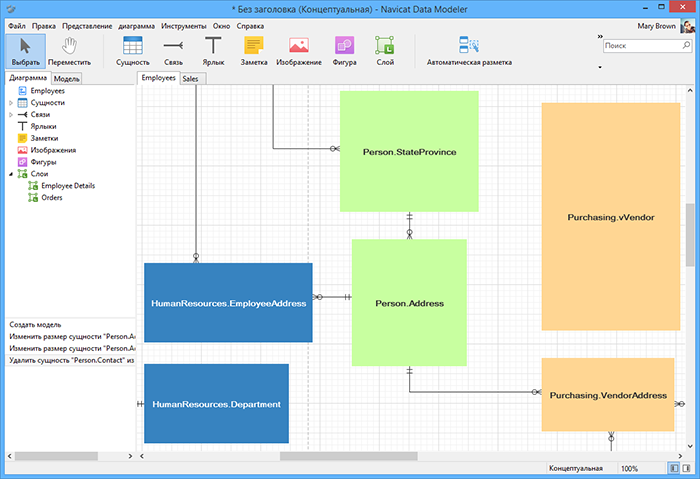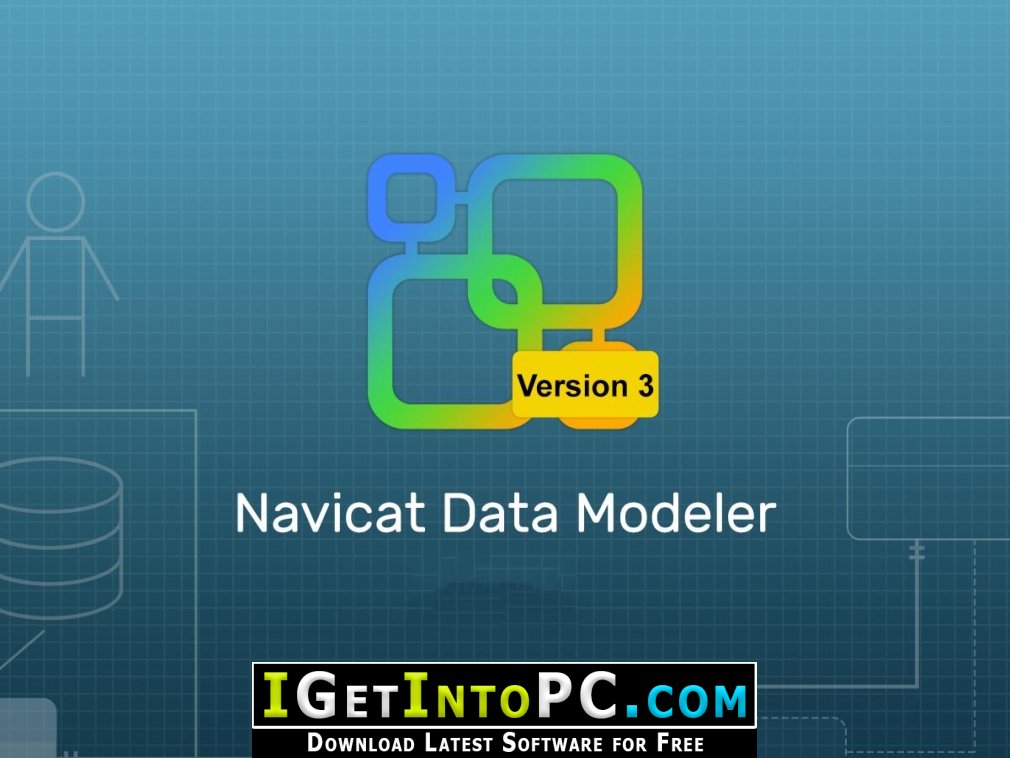
With over 100 improvements Navicat 15 continues to lead the pack. In their continued effort towards excellence PremiumSoft has now released Navicat 15. I personally have made several suggestions for improvements which have actually ended up in Navicat. Don’t say ‘Column X is for storing X.’ Try to put some business logic behind those comments.One of the great things about PremiumSoft, the producers of Navicat, is that they listen to the feedback from their end users. If you’re going to use comments, make them meaningful. My favorite bullet-proof DBA, had a great comment on the subject. Alter Scripts to post your comments back into your database objects! So Back to the Oracle-L Thread… The Compare shows that my model has comments that the database doesn’t…Īnd if I click the ‘DDL Preview’ button I can get the script I need to run against the database to bring it into ‘synch’ with my model. That will take a look at the database objects you imported, compare them to your updated model, and show you what’s changed since. You want to ‘Synchronize the Data Dictionary with Model.’ That’s the button that points to the right in the modeler toolbar. Moving Comments From the Model to the Database Same difference here, and I’m not going to bore you or your internet connection with 2 more similar pictures. These column comments are ONLY in the model These comments get stored with the table in the database Where you see ‘RDBMS,’ anything written there will be included with the object DDL scripts. Where you see ‘Comments,’ anything written there will ONLY be stored in the model.

When opening the object editor, you’ll see panels and pages for both ‘Comments’ and ‘Comments in RDBMS.’ RDBMS stands for Relational Database Management System. So now that the table is in our model, let’s add some comments. Here, watch ‘the movie.’ Just drag your table to a model
Navicat data modeler dictionary how to#
(ěREWERY VARCHAR2 ( 100 BYTE ) NOT NULL ENABLE ,įorget how to reverse engineer a table to a model? You’ve got 2 ways: I’m going to start by importing a table sans comments from the data dictionary to a new model. Commenting Objects In Your Oracle SQL Developer Data Modeler Model Let’s take a look at how to do this in the modeler though. You can also right click on a table and say Column > Comment or Table > Comment.

SQL Developer’s Table Editor allows you to do both. Or, you could just directly add the comments to your database objects. You would then need to decide whether or not to propagate those changes back to your database – or just leave them in the model. Once you had the model in hand, you could document your objects to your desire. If not, you could create a new data model based on your existing SCHEMA(s). Do you have a data model? Maybe they are there. It doesn’t necessarily mean the system is undocumented, it just means maybe the comments are somewhere else. No comments? This is a pretty common occurrence. You’ll find these in the Details page: Table Comments All I See Are a Bunch of NULLS! It’s pretty straightforward to read the column comments – we show those in the Columns page of a table (or view) editor. So, if you happen to agree with me, how can you achieve this? Reading Existing Comments in Tables I’ve had to help too many end users with poorly documented systems to rely on having a good data model around. I prefer both – write at design time in your data model, and also include in your database objects.

If you put them in the database, then folks using your database will have access to your comments. If you keep them in the data model, you assume that everyone has a copy of the data model. I usually stay away from answering posts here as I’ve been out of the ‘real world’ for way too long, but this one stuck a little close to home. This ends up being several million comments added to the our various instances.įor once I decided to respond. The thought is we should do this for every column, every table, every oracle db.

For example COMMENT ON COLUMN lumn “No comment”.ĭoes anyone do this as a regular best practice? I would prefer to see this abstraction in a data model, maybe not pushed to the database layer, especially since not all RDBMS engines have “comment” functionality. Just wanted to get a general opinion on using comments in the database. An interesting question came up on the ORACLE-L mailing list this morning regarding table comments:


 0 kommentar(er)
0 kommentar(er)
